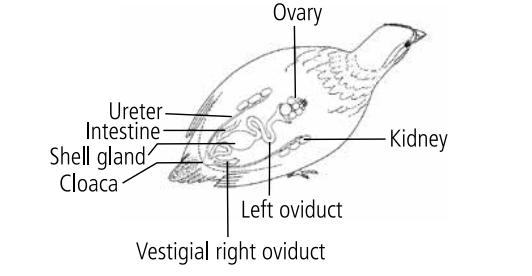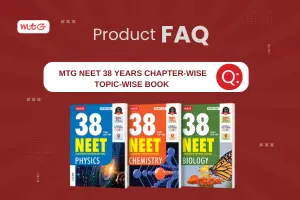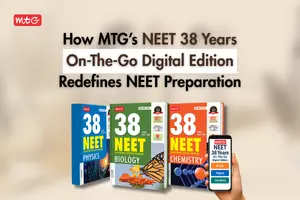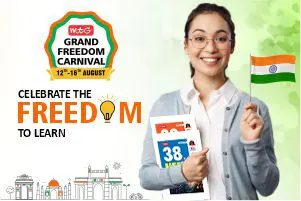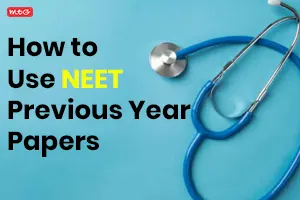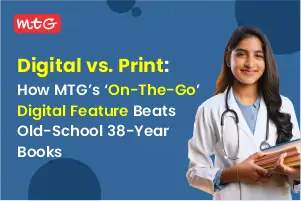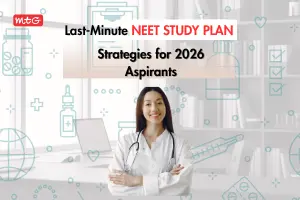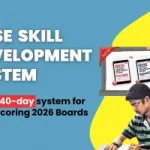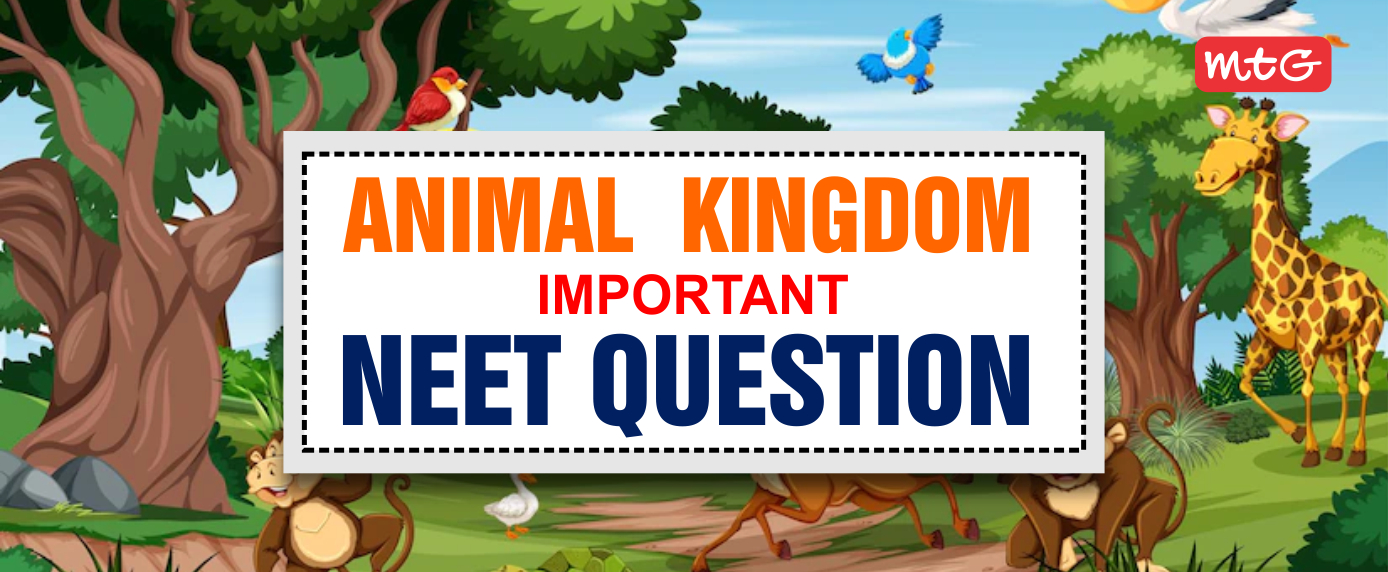
Many important questions are formed in competitive exams like NEET and boards from Class 11 Biology Chapter 4. In this chapter Animal Kingdom, you will get to practice various topics like Phylum Porifera, Phylum Coelenterata, Phylum Plathyhelminthes, Phylum Annelida, Phylum Arthropoda, etc. Below, we have provided Important Questions PDFs from Class 11 Biology Chapter 4 Animal Kingdom for your NEET 2023 preparation. You can check it here or download it later for revision purposes.
Animal Kingdom Class 11 NEET Questions and Answers
We’ve compiled a list of important questions about the Animal Kingdom biology class 11 chapter 4 that you should not miss while studying for your NEET Exams.
Animal Kingdom MCQ for NEET
Q.1. Sycon belongs to a group of animals which are best described as
(a) unicellular or acellular
(b) multicellular without any tissue organisation
(c) multicellular with a gastrovascular system
(d) multicellular having tissue organisation, but no body cavity.
A.1. (b)
Q. 2. Which of the following statements is incorrect?
(a) In poriferans, trophocytes present in mesenchyme act as nurse cells for developing cells.
(b) Cnidarians have a complete digestive tract.
(c) In Palaemon, posterior end of abdomen form telson.
(d) Osteichthyes have a homocercal, caudal fin.
A.2. (b)
Important NEET Resources –
The Living World Class 11 Notes
The Living World NEET Questions and Answers
Biological Classification Class 11 Notes for NEET
Biological Classification NEET Questions and Answers
Plant Kingdom NEET Questions and Answers
Q. 3. Which of the following is not a characteristic of amphibians?
(a) Alimentary canal, urinary, and reproductive tract open into a common chamber cloaca.
(b) Cold-blooded animals with 12 pairs of cranial nerves.
(c) Three-chambered heart with a single ventricle.
(d) Moist and smooth skin usually without scales
A.3. (b)
Q.4. . Crocodiles and penguin are similar to whale and dog fish in which one of the following features?
(a) Possess a solid single stranded central nervous system
(b) Lay eggs and guard them till they hatch
(c) Possess exoskeleton
(d) Have gill slits at some stage
A.4. (d)
Q.5. Class Crustacea have which of the following features?
(a) Cephalothorax, biramous appendages and gills
(b) Cephalothorax, book lungs and chitinous exoskeleton
(c) Head and thorax, book lungs and chitinous exoskeleton
(d) Head and thorax, biramous appendages and book lungs
A.5. (a)
Did you Get This Right?
Animal Kingdom Match the Following Questions for NEET
Q.1. Match the column I with column II.
| Column I | Column II |
|---|---|
| A. Choanocytes | (i) Platyhelminthes |
| B. Cnidoblasts | (ii) Ctenophora |
| C. Flame cells | (iii) Porifera |
| D. Nephridia | (iv) Coelenterata |
| E. Comb plates | (v) Annelida |
A.1. A-(iii); B-(iv); C-(i); D-(v); E-(ii)
Animal Kingdom Passage-Based Questions for NEET
Q.1. Complete the given passage with appropriate words or phrases.
There are differences in the structure and forms of different animals. Animals are classified into various groups on the basis of different features. Body with single cavity and one opening to the outside shows (i) body plan. Animals in which mouth of embryo develops first and then an anus, are (ii) while, animals in which anus develops prior to mouth are (iii) . Type of symmetry, by which body of an individual can be divided into equal halves by any plane passing through centre from top to bottom is (iv) symmetry. This type of symmetry is shown by (v) and (vi) . Animals possess body cavity called coelom. Coelom in annelids and molluscs develops as split in mesoderm sheet and is called (vii) . Blood filled cavity is called (viii) and is present in (ix) and (x) .
A.1. (i) blind sac (ii) protostomes (iii) deuterostomes (iv) radial (v) sponges (vi) cnidarians (vii) schizocoelom (viii) haemocoel (ix) arthropods (x) molluscs
Check out – NEET 2023 FAQs – Most Asked Questions by NEET Aspirants About the NEET Exam!
Seeking Exam-Like Prep For NEET 2023?
Animal Kingdom Assertion and Reason Questions for NEET
In each of the following questions, a statement of Assertion (A) is given and a corresponding statement of Reason (R) is given just below it. Of the statements, pick the correct answer as :
Assertion : Trygon is a poikilothermic animal. Reason : Body temperature of Trygon changes with change in ambient temperature.
Assertion : Tapeworms exhibit true segmentation. Reason : Segments of tapeworms are of embryonic origin.
Assertion : Honeybees show holometabolous development. Reason : A larva of honeybee differs from adult in form, structure and mode of life.
Assertion : Metamerism is the characteristic feature of annelida. Reason : Annelids are diploblastic, segmented and coelomate animals.
Assertion : Gills of chordates differ from the gills of non-chordates. Reason : Gills of chordates occur in pharyngeal gill slits which are absent in non-chordates.
Assertion : Direct development is present in Hydra. Reason : In direct development, the young ones do not resemble the adults.
Assertion : In ctenophores, locomotion takes place through comb plates. Reason : Comb plates are comb-like ciliary plates present on the body of ctenophores.
Assertion : Physalia exhibits division of labour. Reason : Physalia have different zooids for nutrition, reproduction and defence.
Assertion : Platyhelminthes and molluscs are diploblastic animals. Reason : In diploblastic animals, an undifferentiated layer called mesoderm is present between the ectoderm and endoderm.
Assertion : Phylum Arthropoda is the largest phylum of Kingdom Animalia. Reason : Arthropods possess thick chitinous exoskeleton and jointed appendages.
Animal Kingdom Figure-Based Questions for NEET
Q.1. Consider the given figure and answer the following questions.
(a) What features do you find peculiar about urinogenital system of the given bird?
(b) Give valid explanation for such unique characteristics of birds.
(c) Where does fertilisation takes place in birds?
(d) What would happen if in a bird shell gland is dysfunctional?
A.1. (a) Presence of a single functional ovary on the left side in the female birds and absence of urinary bladder.
(b) Only the left ovary and oviduct are developed in the mature females. Birds do not have the urinary bladder, which is present to store the urine temporarily in other animals. Moreover, the water of the excretory fluid is reabsorbed in the urinary tubules of kidneys and in the cloaca. The result is the formation of a semisolid excreta, chiefly containing the insoluble uric acid and urates which are excreted at once. These features help in reducing the unnecessary weight of the body which are advantageous for their flight.
(c) Fertilisation takes place in the oviduct, near the ovary.
(d) The shell gland which is actually the wall of oviduct, secretes albumen, shell membranes and calcareous shell over the egg. When the egg is laid, the shell on coming in contact with air becomes hard and non-porous which is essential for the proper development of the embryo. So, if the shell gland is non-functional, the egg will get broken easily and the young one would not develop.
You will also like: Smart Ways to Increase Marks in NEET Mock Test?
Animal Kingdom NEET Questions and Answers PDF
No one can go against the fact that NCERT is the most important textbook for any class in CBSE. And there’s no doubt that if a student is well-versed with the NCERT textbook then they will score well. Since NCERT is the most important textbook for CBSE, students should have NCERT solutions handy. NCERT Solutions Biology book for class 11 serves as a single platform for all the answers to questions given in NCERT Textbook Biology. The book is composed of a well-defined solution to the questions asked in the NCERT Textbook with well-labeled diagrams and flow charts for conceptual learning.
Moreover, a student looking to also solve NCERT exemplar can refer to NCERT Textbook + Exemplar Problems-Solutions Biology book. This is the ultimate resource for students, as it serves as a one-stop solution for the answers to all the questions covered in the NCERT Textbook and in the NCERT Exemplar book. Students will get answers to all kinds of objective and subjective questions in a single book. Easy to understand Solutions are provided by MTG experts. The book is highly recommended by CBSE boards, Olympiads, and NEET.
Hope you liked these questions, Stay tuned for more questions and answers as we will update this page in the future.

